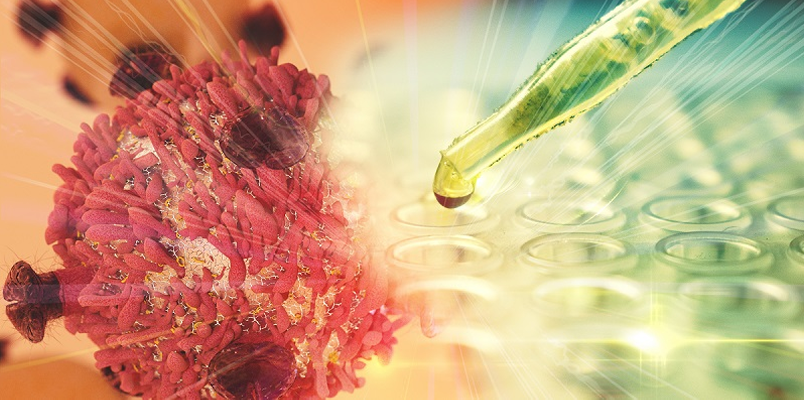In June, the European Medicines Agency (EMA) granted a conditional approval to the orphan drug Zynteglo, the first gene therapy approved for the treatment of a rare and genetic blood disease called transfusion-dependent β-thalassemia (TDT). Caused by the T87Q mutations in the beta-globin (HBB) gene, TDT is often characterized by severe anemia and a lifelong dependence on red blood cell transfusions, which can lead to iron overload and progressive multi-organ damage from iron toxicity if not maintained by lifelong iron chelation therapy. Targeting the underlying genetic causes of TDT, Zynteglo offers these patients the potential to become transfusion independent – truly a breakthrough for their quality of life.
Following suit behind cell therapy drugs like Kymriah (tisagenlecleucel) and Yescarta (axicabtagene ciloleucel)—which are CD19-directed chimeric antigen receptor (CAR) T cells for the treatment of B-cell acute lymphoblastic leukemia (ALL) and diffuse large B-cell lymphoma (DLBCL), respectively—Zynteglo further builds credibility to the specific and emerging class of cell therapies engineered via “ex vivo” gene therapy.
Gene Therapy: An Ideal Tool to Treat Monogenic Diseases
Taking a step back, it is important to understand why gene therapy is the choice to correct genetic disorder and thus treat the diseases caused by a single gene. Gene therapies deliver genetic material to a target cell through a variety of delivery vehicles, such as viral vectors (adenovirus, AAV, retrovirus, lentivirus, etc.) and non-viral vectors (such as lipid nanoparticles or even using naked nucleic acid).
Once the nucleic acid enters the cell, it can either correct the genetic disorder or it can inhibit the overexpression of a gene causing the disease. While with in vivo gene therapies, the genetic material is administered to the patient and in consequence the gene product is generated in the patient, with ex vivo gene therapies the genetic product is generated in cultured cells as explained below.
Ex Vivo Gene Therapy: Equipping Cells to Fight More Effectively
For ex vivo gene therapies, cells are collected from patients or other donors, selected, genetically modified, amplified in the laboratory, and administered to the patient as treatment. This is referred to as ex vivo gene therapy because the genetic modification occurs in the lab and not directly in the patients. If the cell donor is the same individual than the receiver, this is referred to as autologous cell therapy. If the cell donor is a different individual than the receiver, this is referred to as allogenous cell therapy.
The Role of Zynteglo
Zynteglo is a genetically modified autologous CD34+ cell-enriched population that contains haematopoietic stem cells (HSCs) transduced with lentiviral vector (LVV) that carries correct copies of the βA-T87Q-globin gene; in other words, an LVV is used to insert a functional copy of a modified beta-globin gene into haematopoietic stem cells extracted from a patient’s body. These cells can be selected in the laboratory from all the patient’s cells because they express the transmembrane glycoprotein CD34. After genetic modification, the stem cells are placed back inside the patient to travel in the bloodstream to the bone marrow, where they then start to make healthy red blood cells that produce the beta-globin protein.
Together with the previously approved Kymriah and Yescarta, Zynteglo represents a promising class of cell-based gene therapies that lends itself to a host of translatable techniques for future therapeutic candidates.
—
BioAgilytix Gene Therapy Help
As the number of gene therapy products in development continues to increase, BioAgilytix continues to keep pace with the evolving and shifting bioanalytical services needed to support their development and validation. Contact our scientists today to learn how BioAgilytix can supply the high-quality bioanalysis your gene therapy project needs.
